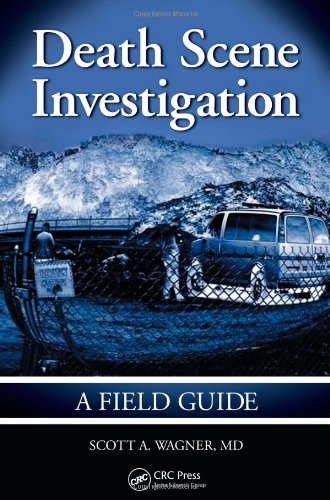

Most ebook files are in PDF format, so you can easily read them using various software such as Foxit Reader or directly on the Google Chrome browser.
Some ebook files are released by publishers in other formats such as .awz, .mobi, .epub, .fb2, etc. You may need to install specific software to read these formats on mobile/PC, such as Calibre.
Please read the tutorial at this link: https://ebookbell.com/faq
We offer FREE conversion to the popular formats you request; however, this may take some time. Therefore, right after payment, please email us, and we will try to provide the service as quickly as possible.
For some exceptional file formats or broken links (if any), please refrain from opening any disputes. Instead, email us first, and we will try to assist within a maximum of 6 hours.
EbookBell Team

4.0
46 reviewsEach and every death scene presents new challenges to even the most seasoned investigator. Despite the unique nature of each scenario, using a standardized protocol is the key to ensuring consistent and accurate results. Death Scene Investigation: A Field Guide provides concise direction for the death scene investigator, crime scene investigator, coroner, medical examiner, or anyone associated with the investigation of death.
Since the majority of deaths are due to natural causes, the book emphasizes these situations, yet also examines unnatural circumstances. It begins by providing a general overview of death investigation before delving into a chronological point-by-point analysis of the death scene. Topics discussed include how to assess the body at the scene, and how to investigate natural and unnatural deaths.
Explores Various Causes
Next, the text demonstrates how death manifests in various parts of the body. A section on traumatic injuries examines and demonstrates with color photographs blunt force, sharp force, and a host of other injuries that the death examiner is likely to confront.
The book addresses identification methods and explores how to determine signs of resuscitation and previous surgeries. It concludes with a discussion of the purpose and performance of the autopsy and provides a survey of the different forensic experts that may become useful to the death investigator.
Enhanced by numerous color photos, this volume is a direct, succinct handbook that is invaluable to those that confront the reality of death on a day-to-day basis. Its convenient format makes it the perfect guide to take along to the scene.